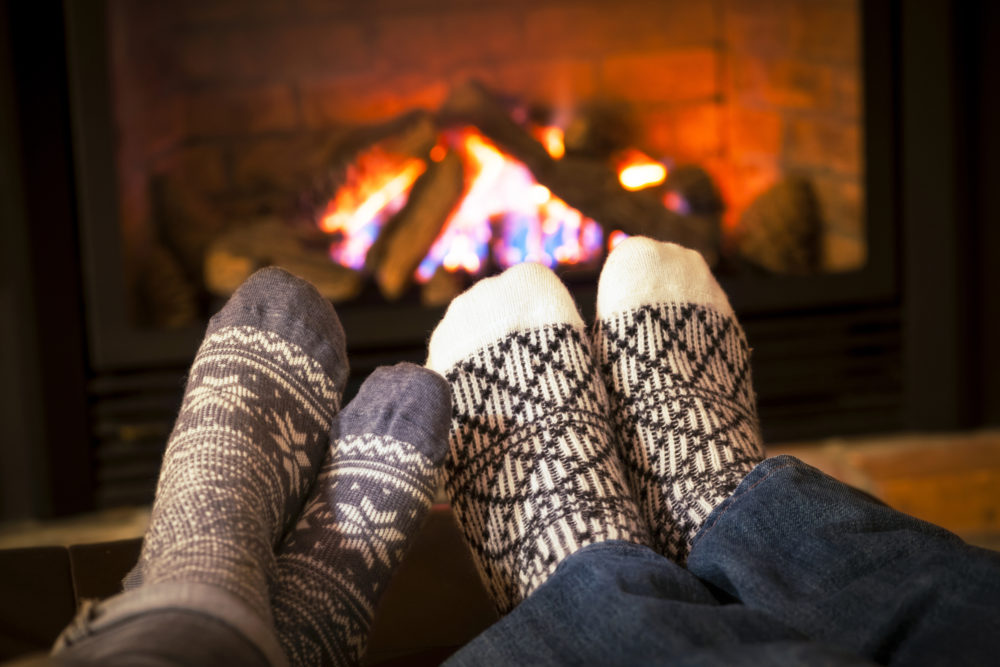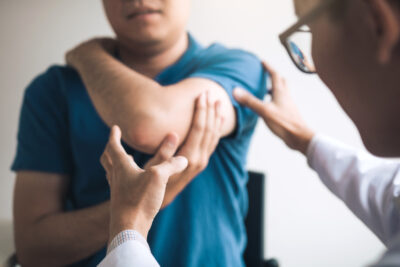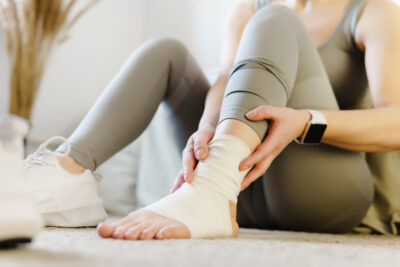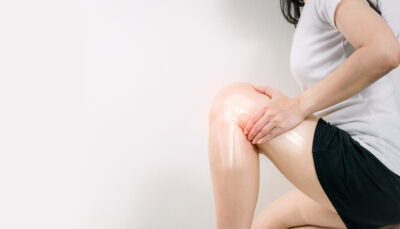Does Body Metal Cause Pain in Cold Weather?

Metal implants used in joint replacements, fracture reinforcement and spine fusions transfer heat and cold better than human tissue. Guests who have metal implants might feel the cold more in the implant area during lower temperatures.
The skin, body and brain are extra sensitive to heat loss and a cold, damp environment. When we get cold, our body generates heat to try to stay warm. Our body is 60% water and water is hard to heat. Metal is dense and can hold heat. If metal in the body is covered by skin, like a plate in the ankle, thin skin is against thick metal competing for the heat.
To understand the relationship between skin and metal, think of your tongue on a frozen flagpole. Your tongue is moist and begins to freeze immediately to the pole. Your body responds by pumping warm blood to the tongue in a process called conduction. However, metal is a better heat conductor than the tongue. So the metal takes the heat faster than the body can replenish it. If you are stuck to the flagpole, pour warm water on the area where the tongue meets the pole and you should be able to retrieve your tongue.
“When it’s cold outside, it’s more difficult for blood to circulate to our extremities, which can result in pain receptors becoming more sensitive,” said Dr. Tuvi Mendel of Quad City-based Orthopaedic Specialists. “In other words, while joint conditions may not physically worsen, the pain can seem more intense. Occasionally there is some aching around the scar, which can become worse in cold weather, although this is more common with patients who have a metal implant.” 1
Follow some easy tips to keep your joints warm and working in cold temperatures:
- Apply heat. Keep painful joints warm with warm baths, heating pads or hot water bottles.
- Stay active. Keep your blood circulating with low-impact activities such as yoga or tai chi. Move your outdoor workouts indoors.
- Warm up. Stretch to warm up before exercise to alleviate stiffness.
- Wear layers. Maintain body heat with layers to keep joints warm, functioning and pain free at any temperature.
If you suffer with joint pain from weather-related changes, discuss with your DOC orthopedic surgeon, PA, pain management physician, and/or physical therapist.




